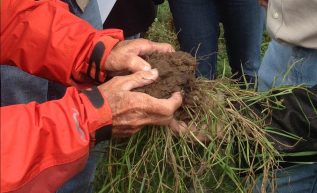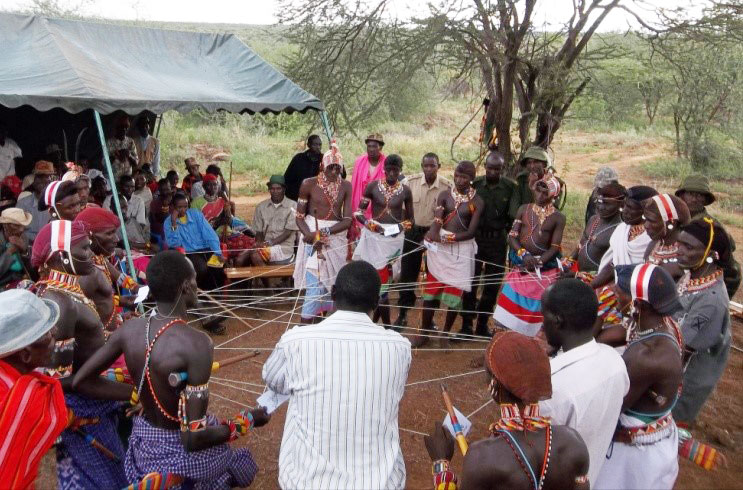
There was a recent article by Tom Buman at On Pasture that honed in a one question in the Iowa Farm and Rural Life Poll: “compared to other farm operations in your area, how well do you think your farm operation is performing in controlling soil erosion?”
The response was: 17% rated themselves far above average and 52%, rated themselves above average. Of course, 69% of farmers can't be above average. The inflated self-rating is typical of what is called "illusory superiority," which is the bias that makes you think you are above average whether it is your looks or the way in which you drive your car.
In this article, Mr. Buman notes the need for conservation planning to help farmers actually stop losing top soil. Given that we are losing top soil at 10 times the replenishment rate, clearly most farmers are not addressing soil erosion effectively. If we are losing top soil at the rate of 1% a year, many people would think that's not bad. But if .1% is the rate of erosion that can be replenished by soil building practices, then the current erosion rate is really bad (10 times the rate of what would be theoretically sustainable). And what about the exceptional farmers who are actually building top soil and increasing their organic matter? What percent of farmers are in that category? How can we make building top soil an average rather than a far above average outcome?
The questions (with potential scoring system depending on soil type) the Iowa Farm and Rural Life Poll people could have asked to help farmers really determine how well they are performing in the context of soil health and erosion are:
Have you increased the organic matter in your soils? (Yes=5, No=0, Don't Know=-5)
What is your average percent of organic matter? (Points: 1%=1, 2%-3%= 5, 4% or higher = 10, Don't Know = -5)
When you get a one-inch rain, how quickly does the water soak into the soil? (One hour or more= 1, 1/2 hour =5, 5 minutes or less=10, Don't Know = -5)
How many months out of the year do you have a live root in the soil? (2-3 months =1, 5-6 months=5, 10-12 months = 10, Don't Know = -5)
What percentage of your ground is covered with plant matter in the growing season? ( 0-30% =1, 31-60% = 5, 61-100%=10, Don't Know = -5)
What percentage of your ground is covered with plant matter in the non-growing season? ( 0-30% =1, 31-60% = 5, 61-100%=10, Don't Know = -5)
How many plant species do you typically have on your farm or ranch? (1-5=1, 6-15=5, 16+ = 10, Don't Know = -5)
0=F
1-10=D
10-54=C
55-62=B
63-65=A
Based on a Bell Curve, 84% of farmers/ranchers would score in the average range or better, with 68% falling in the average (C) range. So the question is what does the average score (soil health indicators) need to be to have an agricultural system in which average performance yields a score that translates to monitoring criteria that shows that topsoil is only being lost at the rate of replenishment.
If we had government subsidy or conservation programs that paid based on this type of scoring, I suspect we would see a lot of changes in management practices that would improve soil health. What do you think are reasonable goals? What do you think the scoring system should measure and what should the points be for outcomes?
To learn more about farmers and ranchers who are improving soil conditions, visit HMI's Success Stories or view our Video Profiles.

Make a Monthly Gift to HMI
For $25.00 a month or only .83 cents per day, you can help us heal 20 million acres of land by 2020. For $50.00 or only $1.67 per day, you can help us educate 25,000 people by 2020. With easy, secure automatic payments, please consider your monthly gift today. GIVE NOW
